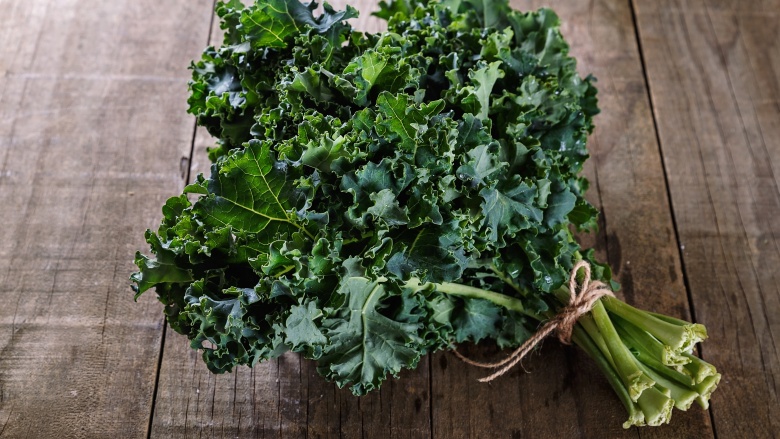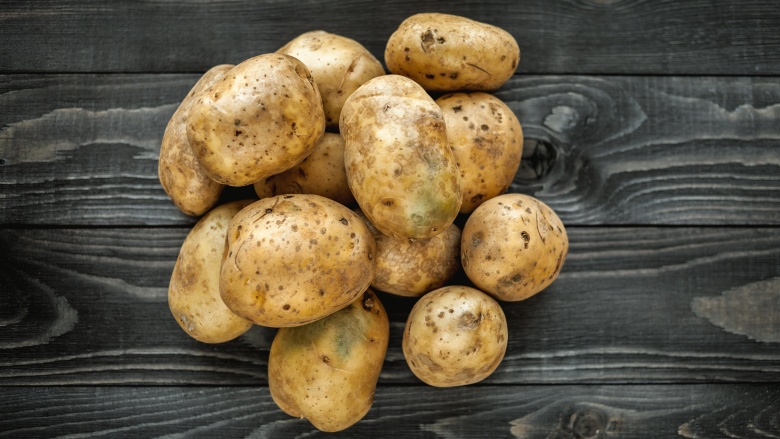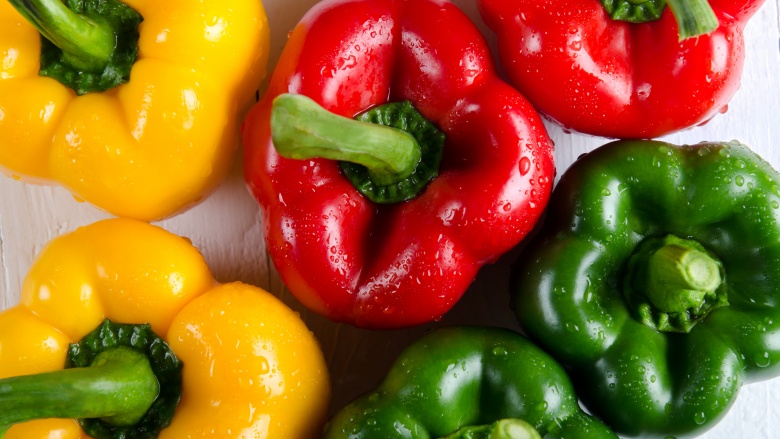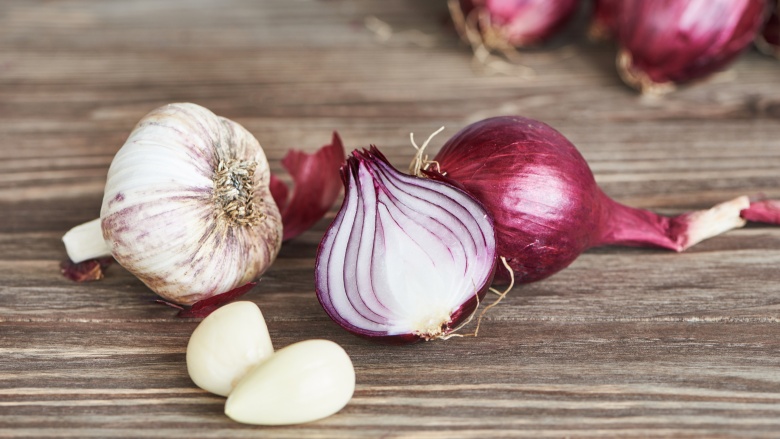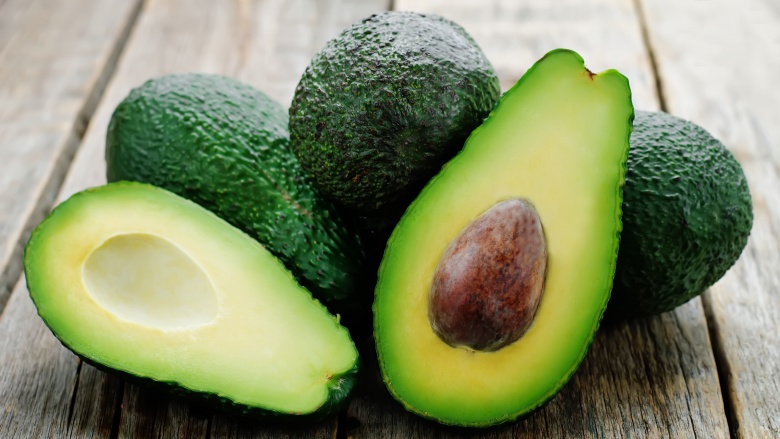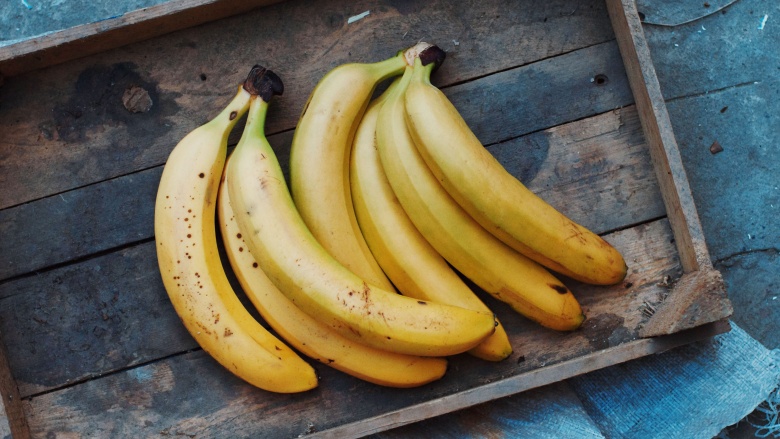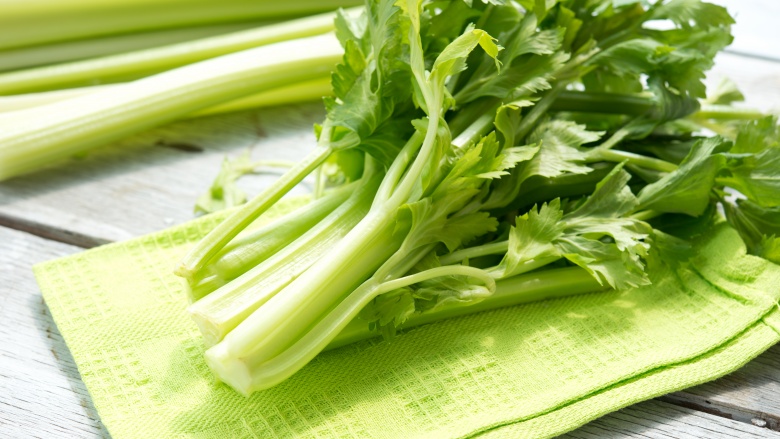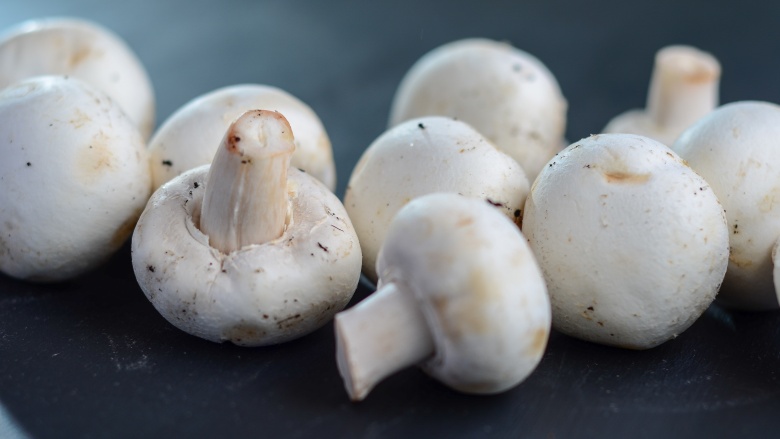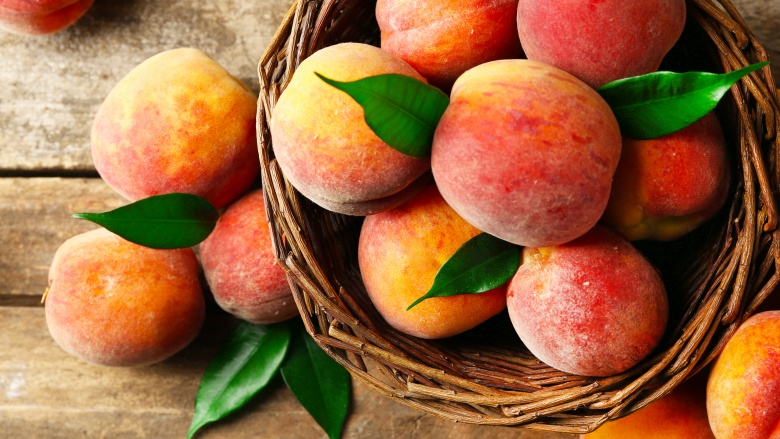How To Save Produce That's Gone Bad
We've all been guilty of letting our produce go bad a time or two. You start out at a grocery store with high ambitions for home-cooked meals and healthy snacks, but by the end of the week, at least half of what you bought is still taking up counter and fridge space — and some of it is starting to look a little wilted and wrinkly. It's a common occurrence. In fact, the Food Waste Reduction Alliance estimates that as much as 40 percent of the food grown in the United States will never be eaten.
While you may not be able to do anything about the big numbers, you can take steps to make sure you're wasting a lot less than that in your own home. Just because that produce may be looking a little sad doesn't mean it's not salvageable — you just have to know what to do with it. Here are some of our favorite uses for produce that's on the brink.
Leafy greens
That wilted lettuce or kale might be the first thing you reach for when you start to purge your fridge, but don't pitch it just yet — there's still life in that head of green.
Food blogger Alejandra from Always Order Dessert likes to use greens in her homemade pesto recipe, and it's the perfect solution for your greens that are no longer crisp. Just pop it in a food processor with herbs (bonus if they're a little wilted, too), nuts, cheese, olive oil, and water. Presto: pesto!
And there are no worries about the pesto going bad. You can freeze that in small portions for whenever you need it. Instead of the standard ice cube tray method, try spreading it out on a baking sheet for an easier way to thaw out only what you need.
Tomatoes
The wrinkles on those tomatoes mean they won't necessarily make great salad toppings, but they can still become something delicious.
My favorite way to use older tomatoes is to roast them, just like they do over at Our Best Bites. Simply slice your tomatoes, lay them out on a foil-covered baking sheet, and sprinkle with minced garlic, salt, and pepper. Drizzle with olive oil and bake for about three hours. When they're done, you can use them any way you would a sun-dried tomato, but I recommend you try them as a topper to your favorite sandwich or burger.
You can also use slightly soft tomatoes to make a batch of homemade sauce or salsa — both of which taste way better when you make them from scratch.
Berries
It's hard to believe anyone would ever let juicy, delicious berries go bad, but sometimes it happens. They dry out a little and get past their beautiful peak. But if you get them before they mold, they don't have to go to waste. The simplest solution is to grab your potato masher and start smashing. Once they're properly crushed, mix in a little bit of sugar, some lemon juice, and vanilla, then cook over medium heat until it all starts to bubble. In just a few minutes, that overripe fruit becomes the perfect topping for sundaes, pancakes, or waffles. Another simple answer is to create a warm and comforting fruit crumble, and Just a Taste has a recipe that will work with nearly any fruit you have on hand. No one would turn this dessert down, especially if it's topped with ice cream. If it's strawberries you have in abundance, however, I'd be remiss not to mention strawberry freezer jam. This was a staple of my childhood summers, and those softer-than-desirable strawberries make the perfect base.
Potatoes
You might think those little sprouts that tend to grow on old potatoes are harmless, but that's actually pretty far from the truth. The sprouts contain solanine, a poison that mainly causes gastrointestinal distress, but can be extremely serious. Luckily, once you've cut away all the sprouts, those potatoes can still be used as normal.
You also need to look out for potatoes that have developed a green tinge in their coloring. In most fruits and veggies, a little bit of green coloring is a hint that they're not yet ripe, but it's just the opposite in potatoes — it's a sign that they've gone bad and contain high levels of that same poison. Potatoes that have gone green beneath the skin should just be pitched.
Peppers
Soft and wrinkly peppers aren't fit for serving on a veggie tray, but they're still capable of great things. Peppers of any color can be roasted whole, then stemmed, seeded, and slathered in olive oil. Once finished, they can be stored in the fridge for up to two weeks, giving you plenty of time to incorporate them into your favorite pasta dishes or sandwiches.
Garlic and onions
There's nothing like pulling out your onions or garlic for a recipe only to find out they've grown sprouts since the last time you checked on them. Lucky for you, they don't need to go straight to the trash can.
When onions grow sprouts, it is a sign that they should be used soon. Simply cut the onion down the middle, remove the green sprout, and use it as you normally would. That green sprout, though, is kind of bonus feature: you can use it, too. Green sprouts from older onions are similar in taste and texture to green onions or scallions, and they can be substituted in nearly any way, such as in salads or on baked potatoes.
Sprouted garlic is a little different. The green sprout from garlic has a very bitter taste and should not be used for cooking, but it doesn't mean the garlic is past its use-by date. Just remove the sprout and you're good to go.
Avocados
Avocados tend to be not-yet-ready one day and way overripe the next. While those too-soft (and maybe a little brown) avocados may not be suitable for slicing, they're still fine to eat and can be quite useful.
The most popular solution would be to create a guacamole, which you can eat with anything from tortilla chips to sandwich wraps and spicy fajitas. The LA Times has the best guacamole recipe ever. Your avocado won't go to waste, I promise. That's not the only use for overripe avocado, though. Add some excitement to your breakfast by mixing it in with your scrambled eggs, or give your next batch of brownies or chocolate pudding more nutrition than meets the eye.
Bananas
Everyone knows bananas with a bit of brown taste a little sweeter, but there comes a point when the amount of brown goes from deliciously appealing to a kind of stomach-turning.
It's a well-known fact that bananas that are too brown to eat are the perfect ingredient for banana bread, but that's not all you can do with them. If you're not in the mood for a bake-fest, just slice and freeze them instead. Once they're frozen, they're a good substitute for ice in your morning smoothie (which means your liquid breakfast will be a lot less watered down).
Not a smoothie drinker? You can still pop them in the freezer and use them for an easy and healthy one-ingredient banana ice cream. That's right — one ingredient. Blend up frozen bananas and you've got a healthy dessert that doesn't taste healthy at all. Make it even better (if significantly less healthy) by adding peanut butter, Nutella, cocoa, honey, or cinnamon.
Celery
It's impossible to buy just a little bit of celery, so unless you're a big lover of that green veggie, you've probably seen a head or two of it go limp in your lifetime. While it's no good for filling with peanut butter at that point, it's still not totally useless. Give it a rough chop and add it to a pot with whatever other vegetables, herbs, and spices you have lying around, and you'll have a tasty vegetable broth in just a couple of hours.
Mushrooms
After a few days too many in the refrigerator, mushrooms start to look pretty unattractive. They get dried out and shrivel up, and your first instinct is probably to throw them in the trash. But don't go pitching them just yet — they'll still be tasty if prepared the right way. Pan-cooked mushrooms will re-hydrate when cooked with liquid and will make an excellent topping for meat or pasta. It's easy to do, it won't take much time, and it's a super simple way to take a basic dish to the next level.
Peaches
I can't even begin to tell you how many times I've bought peaches that weren't quite ready to eat, set them on the counter to ripen a little ... and then totally forgotten about them for a couple days too many. Fail, I know. Lucky for me, overripe peaches make a perfectly sweet and juicy peach pie, which suits everyone in my house just fine. But, if you're not big on pie (I'm told those people do exist), I have another, more adult option for you. Take those too-soft peaches and turn them into a pitcher of peach sangria big enough to serve a crowd — or just you and your bestie at a really fun Sunday brunch.
Now that you're well-versed on just how useful less-than-fresh produce can be, think twice before heading toward the trash can. It may be just the ingredient you need for a perfect dinner or dessert.

